Introduction
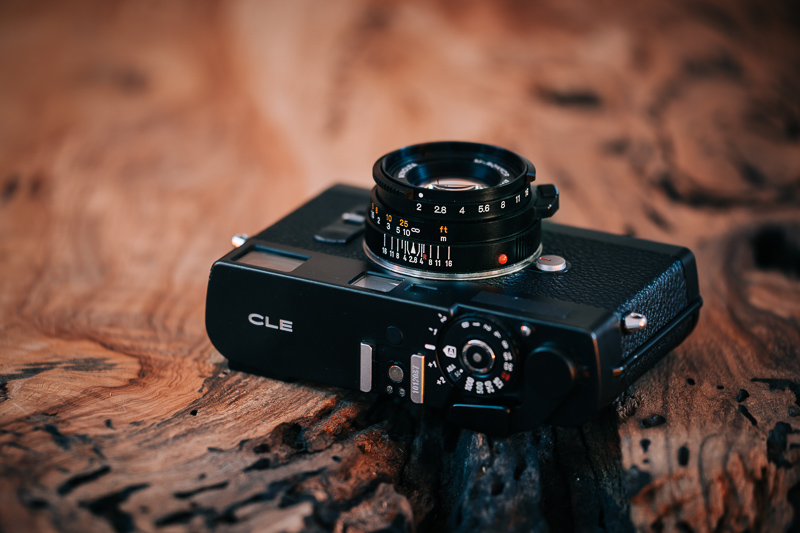
Originally designed as Leica Summicron-C 40mm 2.0 to ship with the Leica/Minolta CL, this Minolta 40mm 2.0 M-Rokkor version with same optical design (but allegedly improved coatings) was one of the three M-mount lenses destined to be used with the improved Minolta CLE. This is still one of the most compact M-mount lenses and one of few options if you are looking for a 40mm, so let’s have a closer look.
This lens will be reviewed on the 42mp Sony A7rII and the 24mp Leica M10.
Sample Images
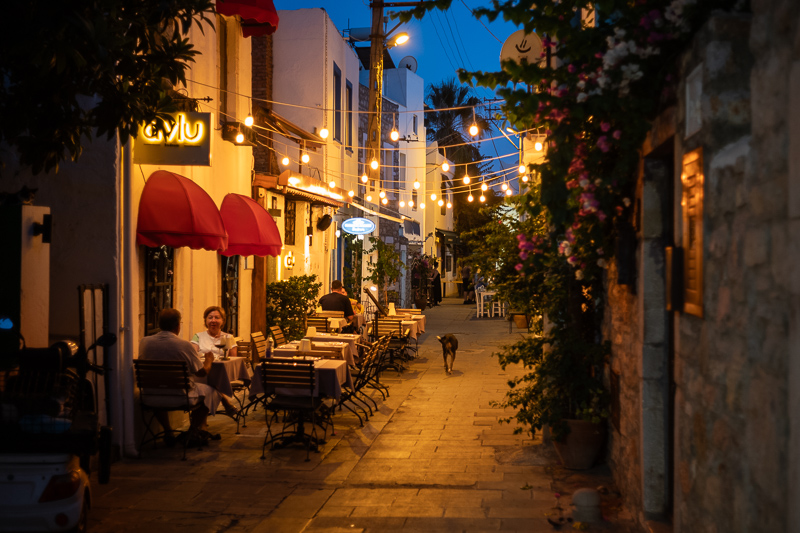




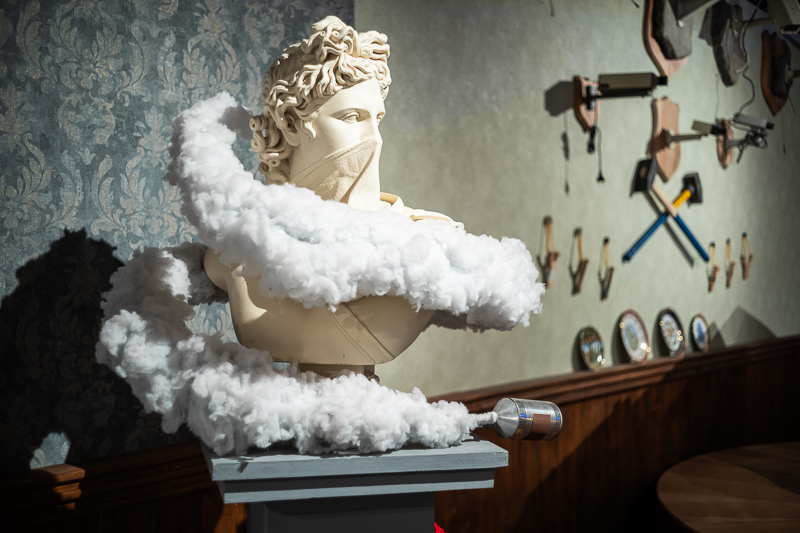
Most of the sample images in this review can be found in full resolution here.
Contents
Disclosure
The Minolta 40mm 2.0 M-Rokkor was kindly provided free of charge by our reader Victor for reviewing purposes. Thanks a lot!
Specifications
The Minolta 40mm 2.0 M-Rokkor has the following specifications:
- Diameter: 51 mm
- Length: 25 mm
- Weight: 104g (measured)
- Field of view: 56° (diagonally)
- Filter Diameter: 40.5 mm
- Number of Aperture Blades: 10 (straight)
- Elements/Groups: 6/4
- Close Focusing Distance: 0.8 m (measured)
- Maximum Magnification: 1:16.7 (measured)
- Mount: Leica-M
buy from ebay.com | ebay.de (affiliate links) starting at $350
Handling / Build Quality
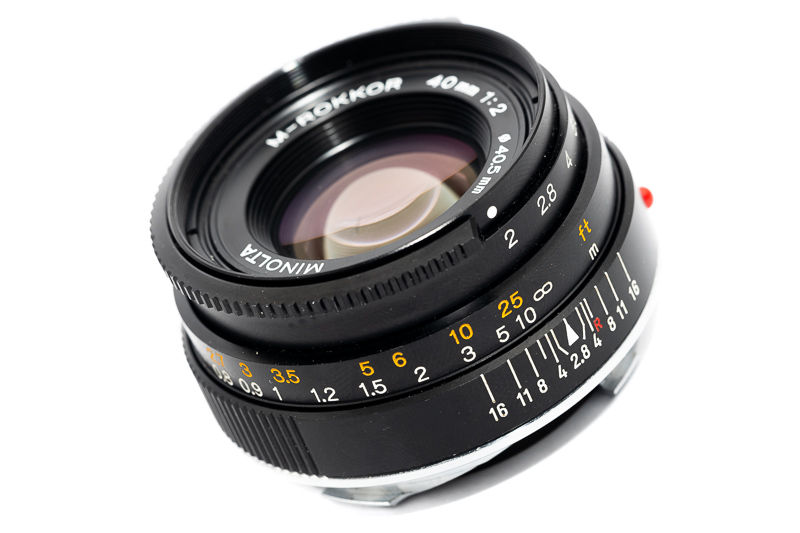
In terms of casing design and colors the three Minolta M-mount lenses strongly resemble the style of original Leica M-mount lenses of that era. When comparing this 40mm 2.0 (and also the 28mm 2.8) to e.g. my similarly old Leica 90mm 2.0 from 1987 (or modern Voigtländer and TTArtisan lenses) the build quality does not feel as nice though: the focus rings of the Minolta lenses have a rather low resistance and both their helicoids show a bit of slack. I don’t know if they have always been like that or if it is simply because they have been used a lot over the past 40 years though.
The focus ring turns ~110° from its minimum focus distance of 0.8 m to infinity. The aperture ring features equidistantly spaced half-a-stop click-stops between f/2.0 and f/16.
All the markings are engraved and filled with paint and most parts of the outer barrel feel like they are made from metal. I am not 100% sure about the small focus tab though, it feels like that one is made from plastic.
As was already the case for the 90mm 4.0, there is also a retractable rubber screw-in hood available for this 40mm lens.
The Minolta 40mm 2.0 M-Rokkor brings up the correct 40mm framelines on the Leica CL and the Minolta CLE whereas it brings up the 50mm framelines on the Leica M10/M6. As long as you don’t use the rubber hood there is no rangefinder blockage at all.
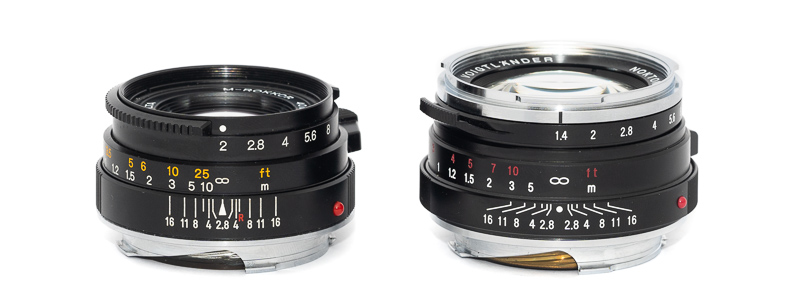
The one stop faster Voigtländer VM 40mm 1.4 Nokton is slightly bigger but almost double the weight of this Minolta.
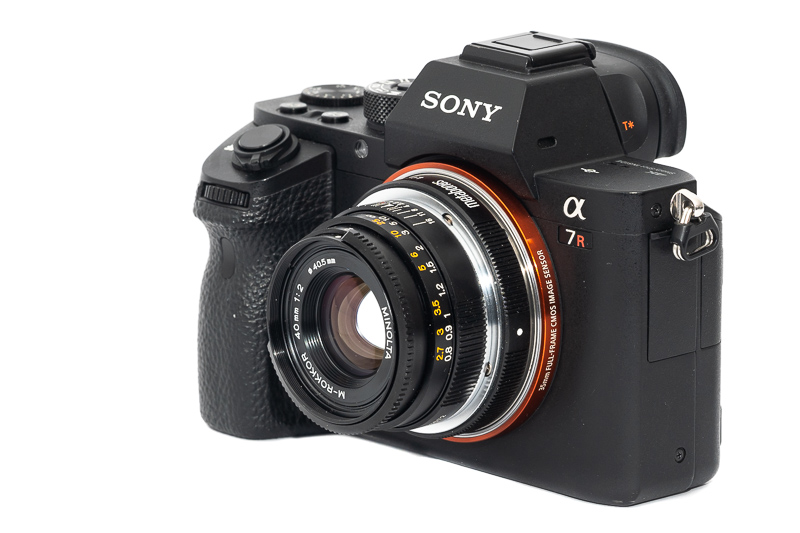
The lens can of course be adapted to modern mirrorless cameras. When coupled with a Sony E-mount or Nikon Z-mount camera you can e.g. use the TTArtisan 6-bit adapter to give it Exif data or the Techart LM-EA9 to equip it with autofocus.
Vignetting
Light falloff

| f/2.0 | 3.5 EV |
| f/2.8 | 2.5 EV |
| f/4.0 | 1.9 EV |
| f/5.6 | 1.4 EV |
| f/8.0-f/16 | 1.3 EV |
I don’t really like seeing vignetting values north of 3.0 EV, but then this is not exactly rare among such compact lenses. The Voigtländer VM 40mm 1.4 Nokton is similarly bad at its maximum aperture and showed 3.6 EV vignetting in the corners. But when comparing the Nokton and this Minolta at f/2.0 and f/2.8 the Voigtländer shows about 1 EV less vignetting, a notable difference. Stopped down to f/5.6 and further they perform the same though.
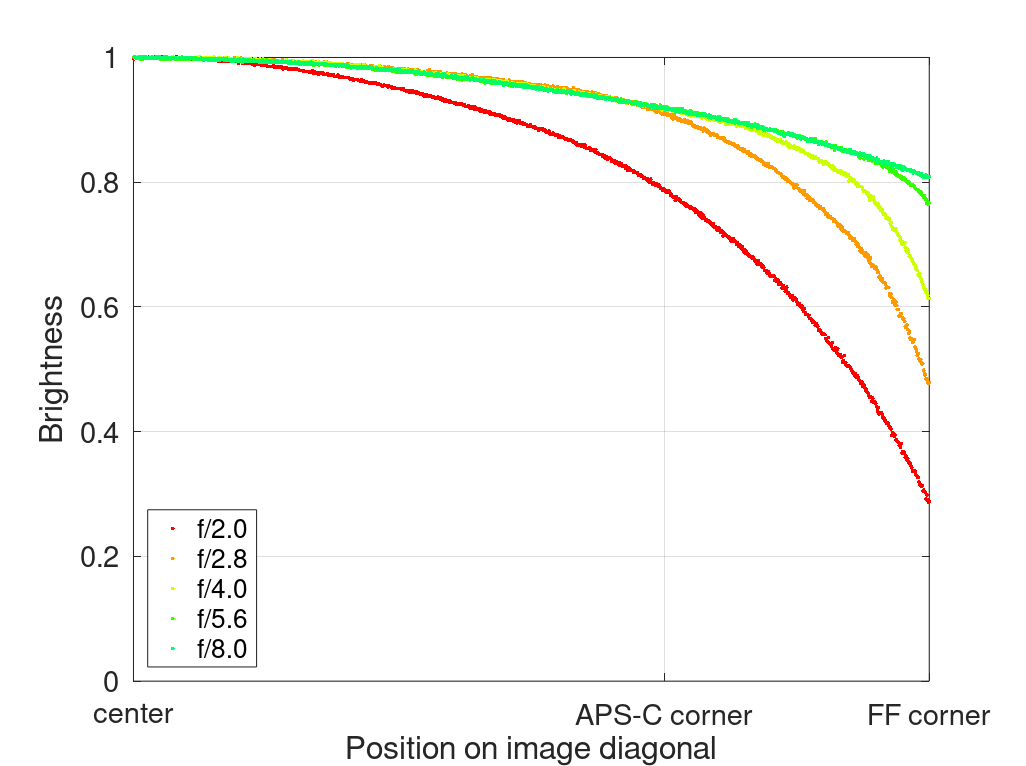
It is recommended to have a look at this article first to get an idea how this brightness graph works.
Optical vignetting
Fast lenses usually show a noticeable amount of optical vignetting, especially so the compact ones. Without going too much into technical details optical vignetting leads to the truncation of light circles towards the borders of the frame.
In the center of the frame almost every lens will render a perfect circle, but only lenses with very low optical vignetting will keep this shape in the corners.
So in the following comparison we move from the center (left) to the extreme corner (right) and see how the shape of the light circle changes.
Despite its moderate maximum aperture there is a whole lot of optical vignetting. Stopping down by one stop also only affects the central part of the frame.
If we compare this to the Voigtländer VM 40mm 1.4 Nokton, the Nokton shows noticeably less optical vignetting at shared apertures, not a big surprise as it needs bigger diameter elements to accomodate the f/1.4 aperture.
Of course the Minolta is using an all spherical design, so there are no onion rings to be found here. The 10 straight aperture blades lead to points of light being rendered as decagons already at f/2.8 though.
Sharpness
Focus shift
50% crops, Sony A7rII
Similar to the Voigtländer VM 40mm 1.4 Nokton also this Minolta lens shows strong focus shift. When using this lens on 24mp sensors it might not be that obvious, but with higher resolution cameras it certainly is. Especially between f/2.8 and f/4.0 the focus significantly shifts to the back. I would be a bit careful using the f/4.0 and f/5.6 setting with this lens when relying on the rangefinder to focus. On cameras with Liveview I recommend to use it in this aperture range.
This focus shift is not only an issue at closer distances but also at infinity.
Infinity (42mp Sony A7rII/24mp Leica M10)
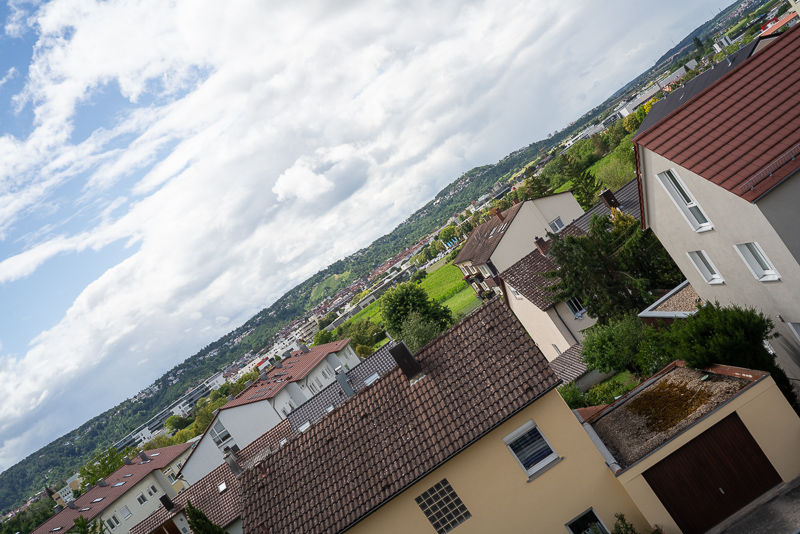
Ah well, there are a few things to talk about here. On the Leica M10 I did not adjust the focus setting for focus shift when stopping down, which is why the f/5.6 center crop looks worse than the f/4.0 one. When looking at the midframe we see a steady improvement on stopping down though, as would be expected.
Now on the higher resolution A7rII the crops with the lens stopped down looked so bad because of focus shift, I had to re-run the series with adjusted focus at every aperture setting. Now here we see a steady improvement in the center, but the midframe actually looks worse at f/5.6 than at f/4.0. Why is that?
With some lenses the focus shift does not affect all parts of the frame the same way, this Minolta 40mm 2.0 seems to be one of those lenses.
When it comes to the corner performance I would recommend to stop this lens down to f/8.0 or f/11 regardless of camera, if the light levels allow for that.
Now if we compare the results in this category to those of the Voigtländer VM 40mm 1.4 Nokton, the Minolta does look a bit better resolution-wise in the corners and even more so in the midframe at wider apertures. Stopped down the Nokton manages to catch up though.
Now lens designs as small as this one always spot some compromises, but we should also keep in mind this lens was designed in the 70s, so it is half a century old now. No one was even dreaming of high resolution digital sensors at that time. Considering all that, this lens holds up pretty well even today.
Portrait 1.2 m (24mp Sony A7III/Leica M10)
For portraiture it isn’t so important how flat the field is, it is more interesting to see what the sharpness is like when focused at different parts of the frame to take field curvature out of the equation.
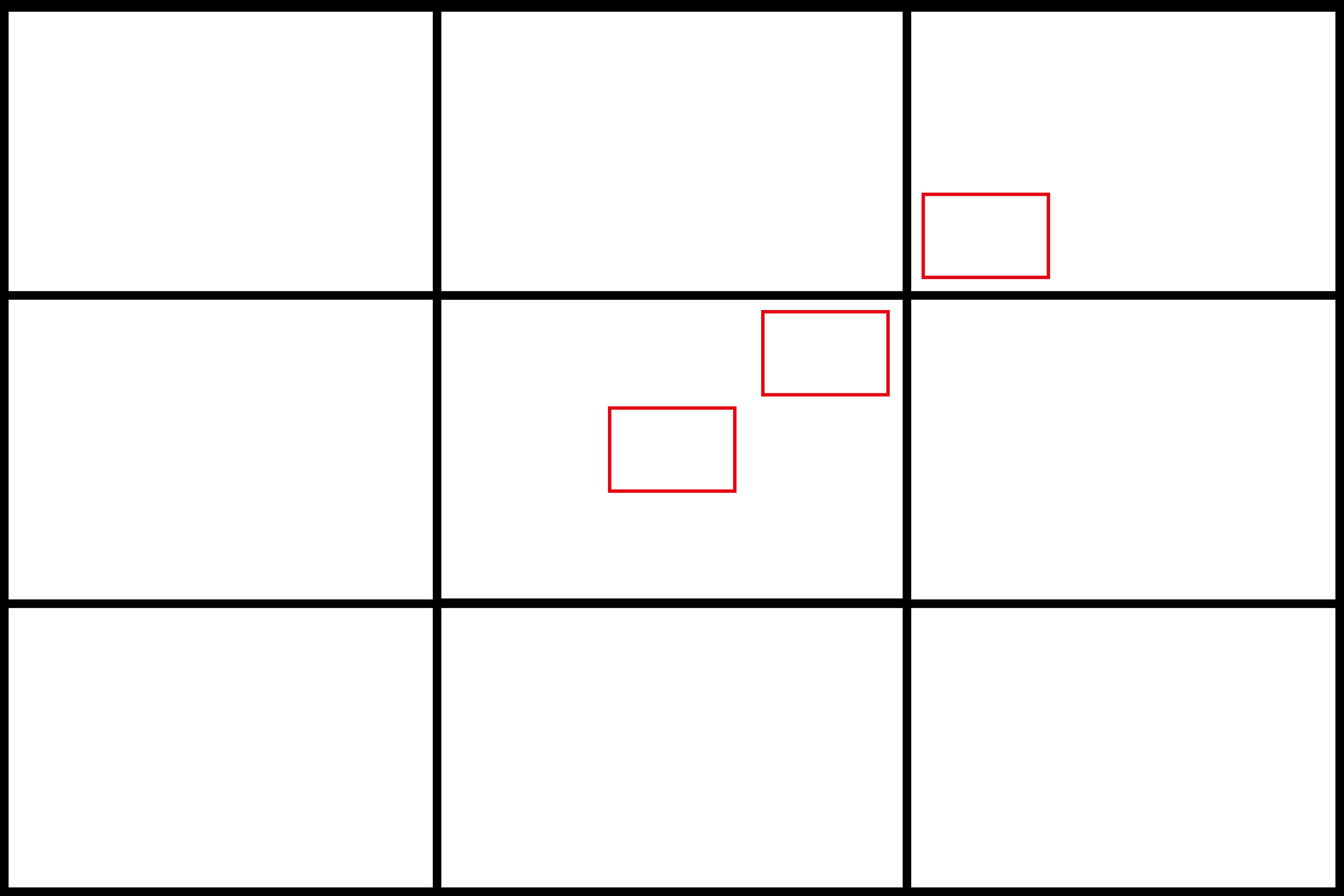
We will be looking at 100% crops from the 24mp Sony A7III and the Leica M10. Both cameras do not have an anti aliasing filter in front of the sensor.
Sony A7III <—> Leica M10
Astigmatism is well corrected and except for slightly lower contrast in the outer midframe area there is hardly anything to complain about here. Both set to f/2.0, off center the Minolta even has a slight edge over the Voigtländer VM 40mm 1.4 Nokton.
There is hardly a difference between the performance on the Leica M10 and the Sony A7III visible here.
Close 0.8 m, 1:16.7 (42mp Sony A7rII)
No surprises here: the Minolta 40mm 2.0 is a rather simple optical design without floating elements and greatly benefits from stopping down a bit at close distances.
Flare resistance
It is said that the later Minolta M-Rokkor version of this lens (the one being reviewed here) has better coatings than the earlier Leica 40mm 2.0 Summicron-C. I haven’t seen any comparisons, so I am not sure how much of a difference this actually makes.
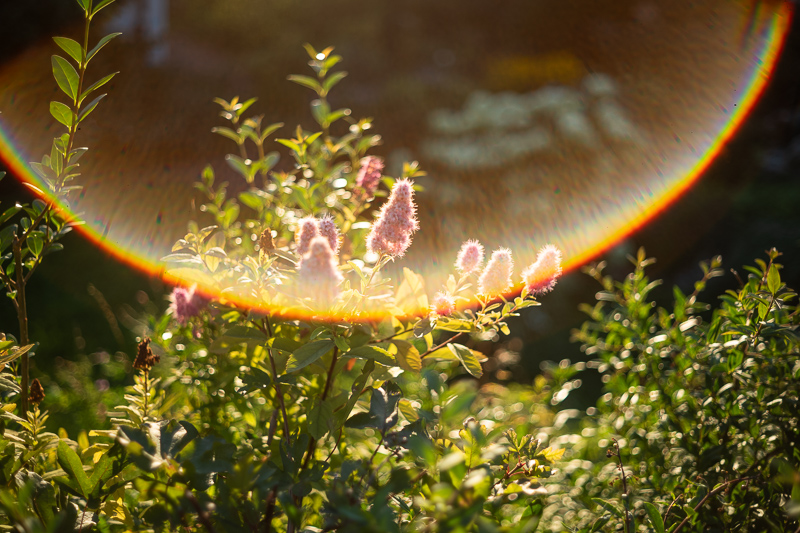
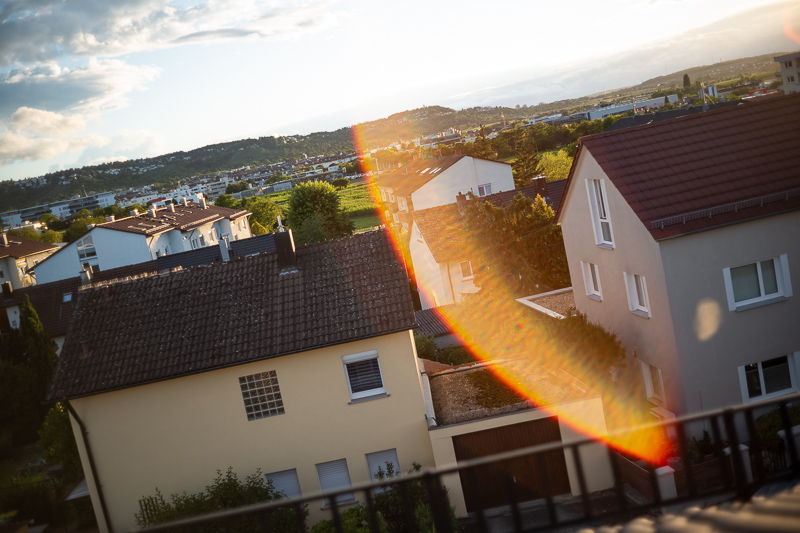
At f/2.0 a very big and distracting ring flare can be easily created with a strong light source inside or barely outside the frame. Stopping down to f/2.8 is enough to get rid of it.
Stopped down, depending on the position of the light source, some ghosts may appear and in some cases the contrast will also be lower, as can be seen from the series above.
Good modern lenses (like the Voigtländer VM 40mm 1.4 Nokton) do better here, but it is still a solid performance, especially for a lens from the early 80s.
Coma
100% crops from extreme corner, focused on center, M10
I think I didn’t come across a compact yet fast lens that did well in this category and this Minolta lens does not change the trend. Coma is easily noticeable at f/2.0 and f/2.8 and it takes stopping down to f/4.0 (better f/5.6) to get rid of this aberration.
Here the performance is very similar to the Voigtländer VM 40mm 1.4 Nokton at shared apertures.
This sample is to show what a blue hour picture looks like with the lens set to f/2.0:
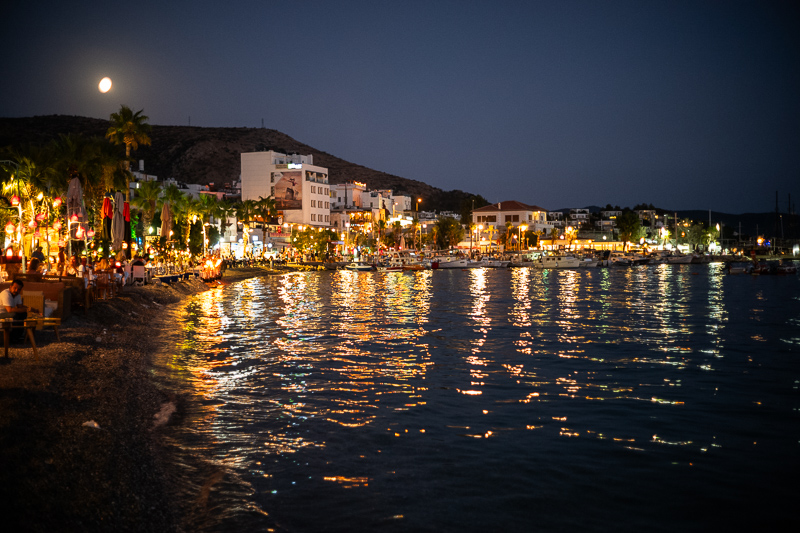
Distortion
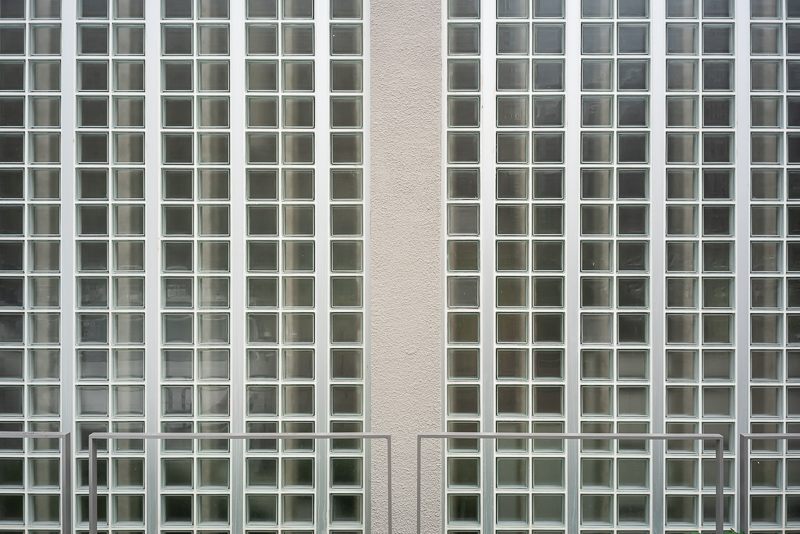
The Minolta 40mm 2.0 M-Rokkor shows no field relevant distortion.
Bokeh
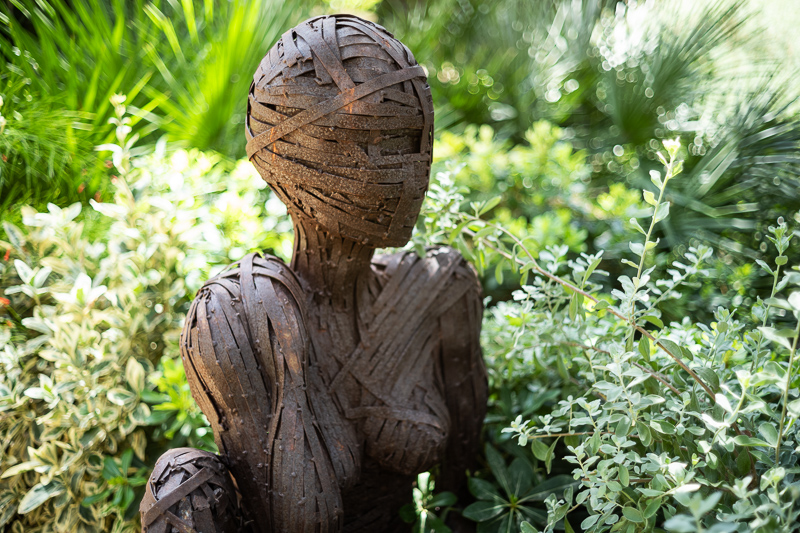
What do we expect from a compact 40mm f/2.0 lens from this era? I expect nice bokeh in the center of the frame but rather busy rendering towards the corners at f/2.0. Let’s see.
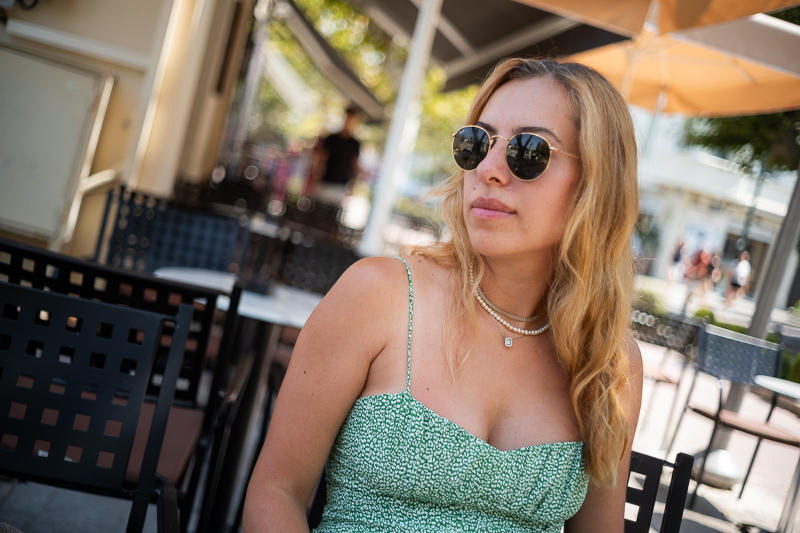
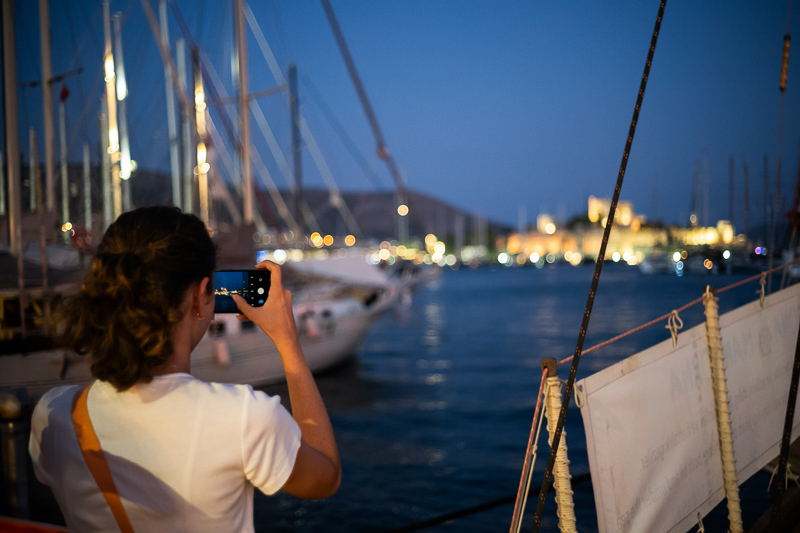
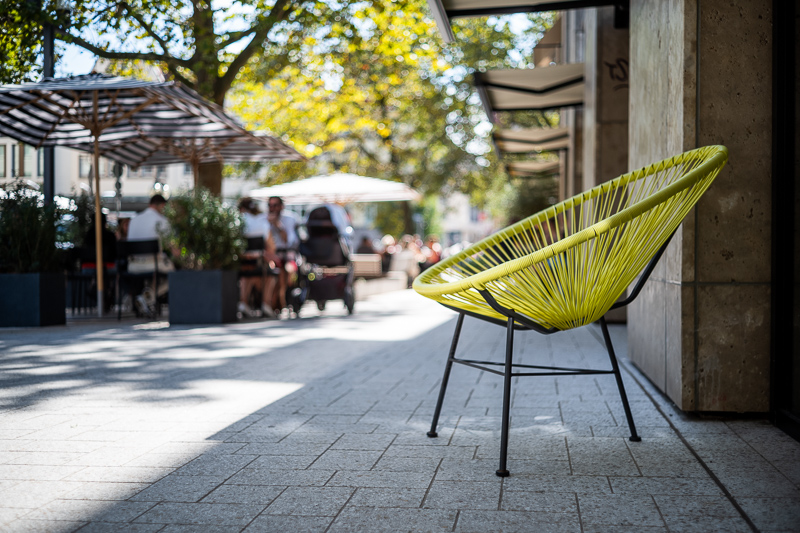

Already at mid distances you can easily see how the bokeh deteoriates towards the corners thanks to optical vignetting. If there are no structured elements in the corners (like in the blue hour picture above) the bokeh is pretty nice though.
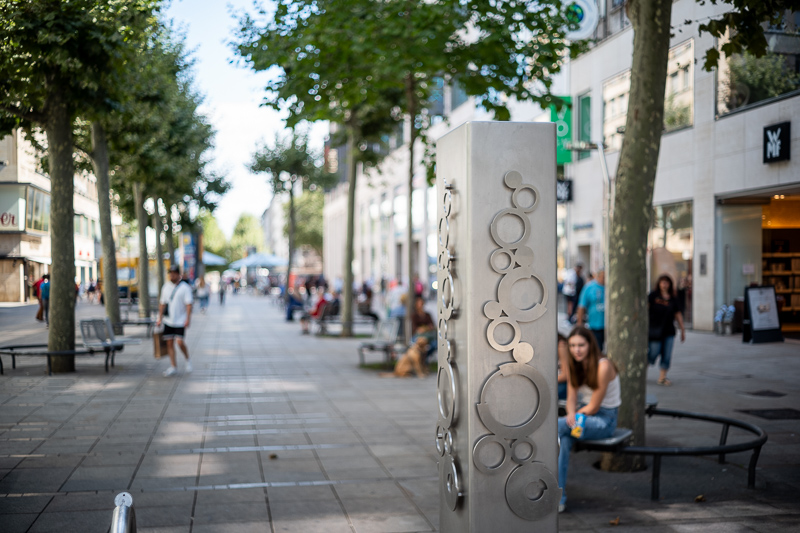
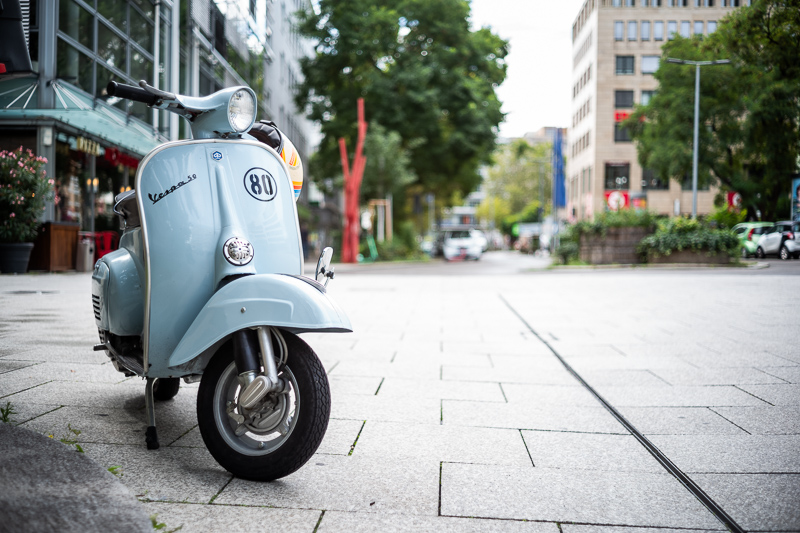

At longer focus distances this effect caused by optical vignetting is even more pronounced – as was to be expected. In the last picture the difference between bokeh in the center and on the edges is very obvious, but also in the other pictures you can see the corner and border regions being significantly less blurred than the center.
If you are using this lens on a mirrorless camera with a thicker filter stack (e.g. Sony E or Nikon Z) this effect is even more pronounced.
Sunstars
This Minolta 40mm 2.0 makes use of 10 straight aperture blades like many of the Voigtländer VM/E and Zeiss ZM/Loxia lenses, leading to pretty nice sunstars between f/2.8 and f/11. At f/2.0 and f/16 the opening is perfectly round, so no sunstars at these settings.
If you want to learn more about this topic have a look at this article.
Chromatic aberration
Lateral
100% crops from border, Sony A7rII UT
Lateral CA are on a low to medium level and easy to correct in post with just one click, e.g. in Lightroom.
Longitudinal
There is some green outlining in the background and you also see some magenta in front of the focal plane as well as close to the focus point (purple fringing), but actually for such a simple design this is corrected pretty well.
Leica M10 | Minolta 40mm 2.0 | f/2.0
Conclusion
good
|
average
|
not good
|
Many Leica M users highly value compact and lightweight lenses and this Minolta 40mm 2.0 M-Rokkor is as compact and lightweight as it gets for a 40mm f/2.0 lens.
For many years this was actually considered a bit of a hidden gem thanks to decent optics while being small and affordable. In 2024 I don’t really see it as being that great of a deal anymore though, as you have to pay at least $350 for one in good condition – more than for a brand new Voigtländer VM 40mm 1.4 Nokton. The Voigtländer lens may be noticeably heavier, but it is also similarly sized while being one stop faster.
Except for being lighter, what are the benefits of this Minolta lens by comparison? It has less distortion and a bit more even across frame sharpness at wider apertures. In terms of contrast it is not as punchy as the Voigtländer lens, but some of you may actually prefer that for a slightly softer rendering.
At the end of the day this Minolta 40mm 2.0 M-Rokkor is a cute little lens that won’t weigh you down and will be useful for a lot of applications.
buy from ebay.com | ebay.de (affiliate links) starting at $350
Alternatives
There are not that many 40mm lenses for M-mount. If you also consider a 35mm or a 50mm an alternative you can find pleny of reviews of those here.
Voigtländer VM 40mm 1.4 Nokton Classic:
As I have shown you in the handling section this lens is similarly sized but almost double the weight. If you order it new in box from Japan it will also most likely be cheaper than a 40 years old used copy of this Minolta 40mm 2.0 – which is one of the main reasons I decided to go with the Voigtländer lens.
The Voigtländer lens also shows very high contrast (especially stopped down to f/2.0) and its flare resistance is better.
Go for the Minolta if you are looking for a less contrasty and/or the smallest/lightest 40mm M-mount lens.
Buy from amazon.com | ebay.com | ebay.de | B&H (affiliate links) starting at $300
Voigtländer VM 40mm 1.2 Nokton:
Voigtländer’s latest 40mm lens. It is the fastest option, focuses closer (0.5 m) and features a modern design with aspherical elements leading to good performance at wider apertures and also smooth bokeh rendering. Needless to say it is much bigger, heavier and more expensive.
If you are an M-mount user deciding between this newer f/1.2 and the older f/1.4 classic the decision is really simple: get the f/1.4 if you care about having a smaller lens, you really like that vintage rendering or you cannot afford the f/1.2 version. If none of this is the case get the f/1.2.
If you are using an E-mount or Z-mount camera the E-mount version of this 40mm 1.2 is also a much better choice, as it is optimized for their thick filter stack.
buy from ebay.com | ebay.de | B&H (affiliate links) for $799
Voigtländer VM 40mm 2.8 Heliar:
This lens was originally only available for E-mount and had to be used in combination with a close focus adapter as otherwise it cannot be focused. It is now also available as VM and even M39 lens and 27g heavier than this Minolta 40mm 2.0.
Its performance is good – it even uses an aspherical element – but considering it is similarly sized as the two stops faster VM 40mm 1.4 and often more expensive I don’t find it particularly appealing.
buy from amazon.com | ebay.com | ebay.de | B&H (affiliate links) for $499
Sample Images
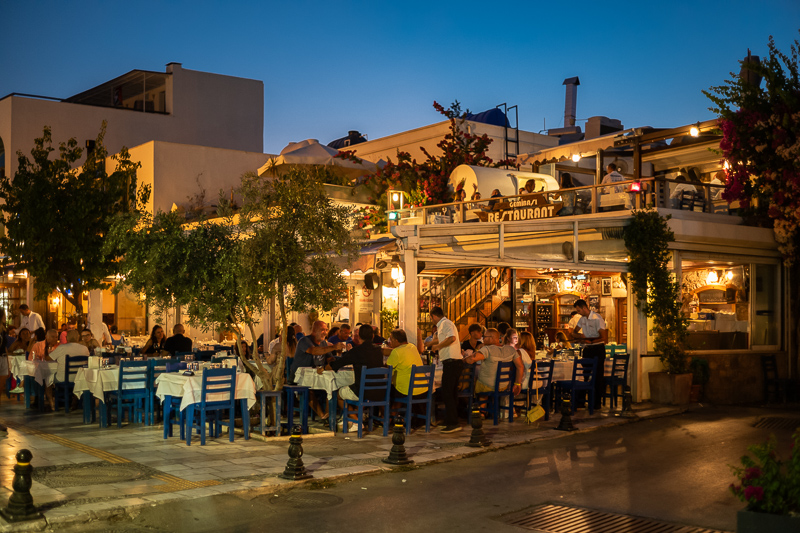
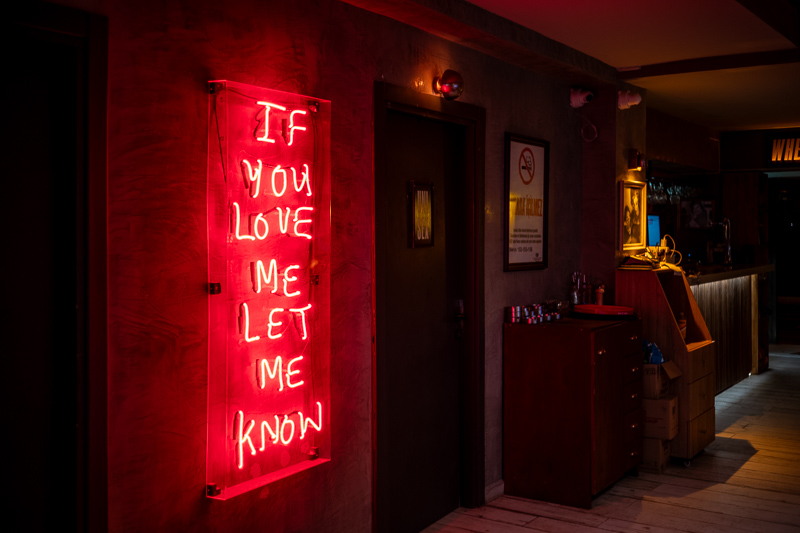
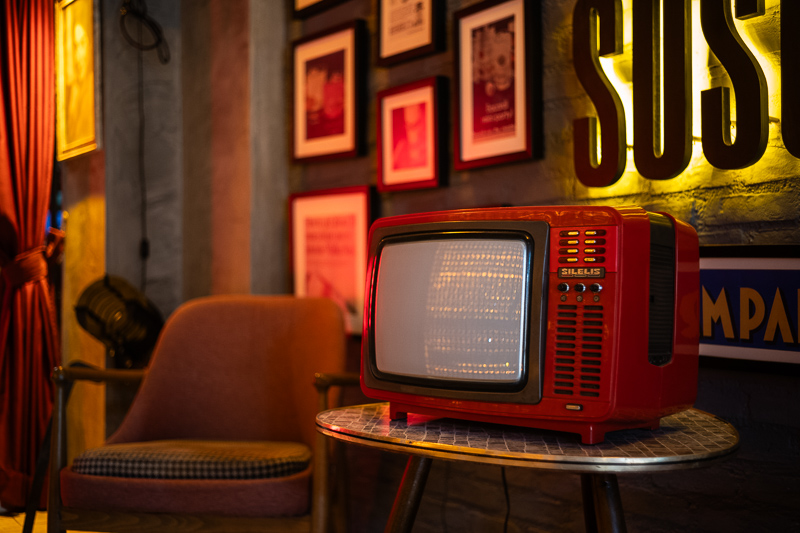

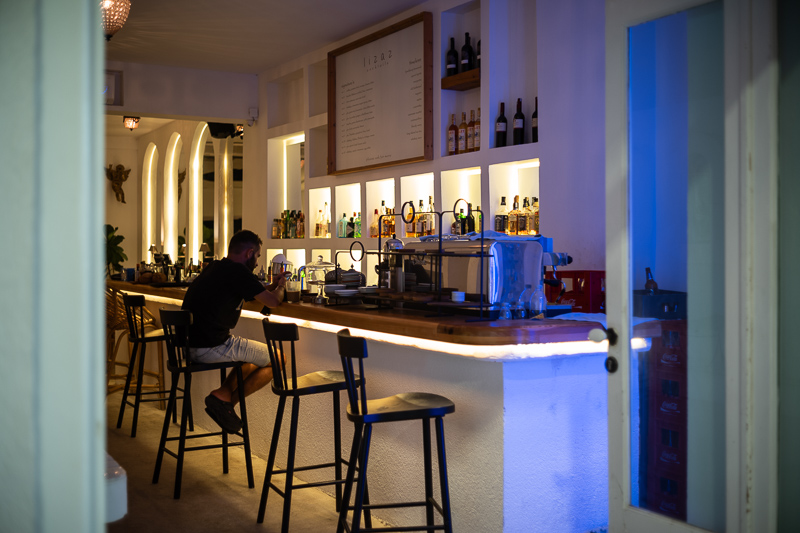




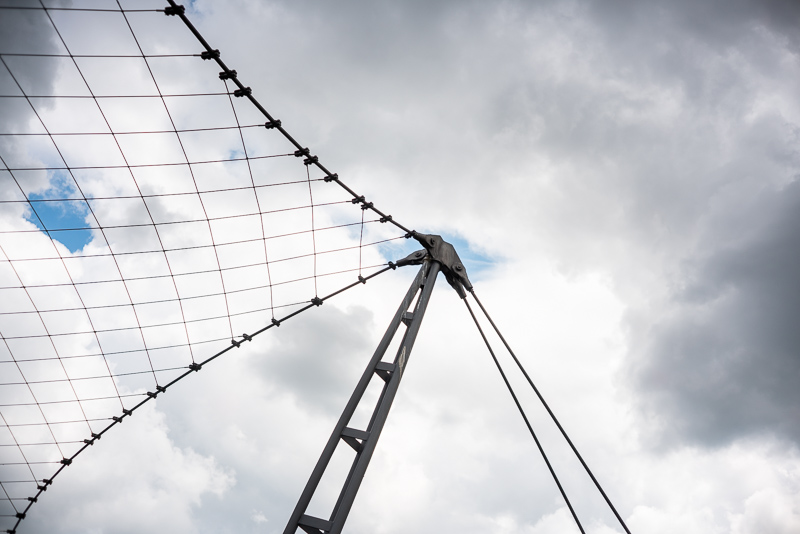
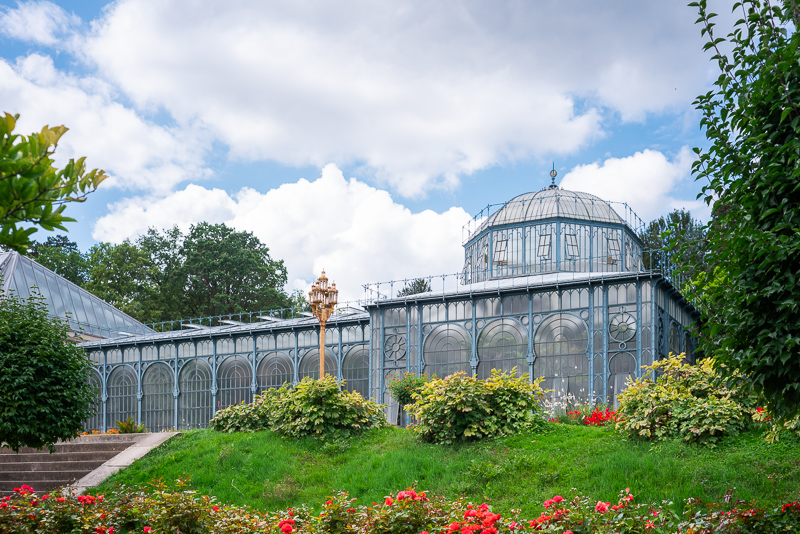
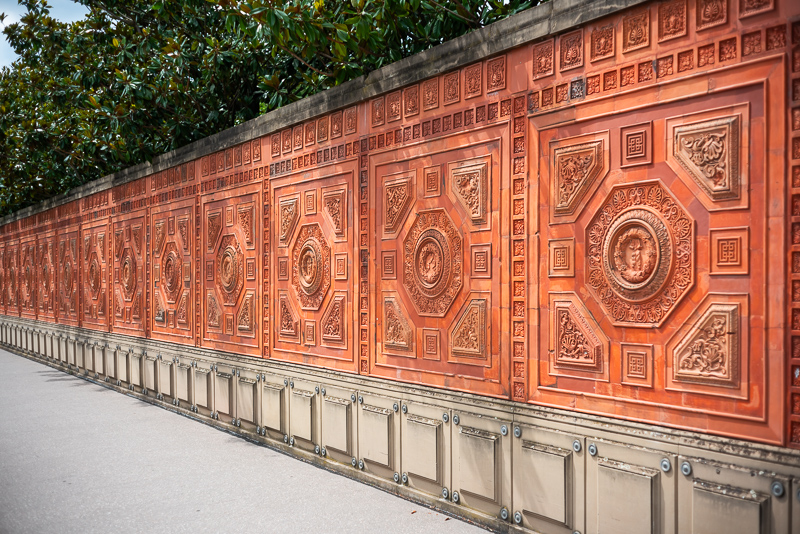
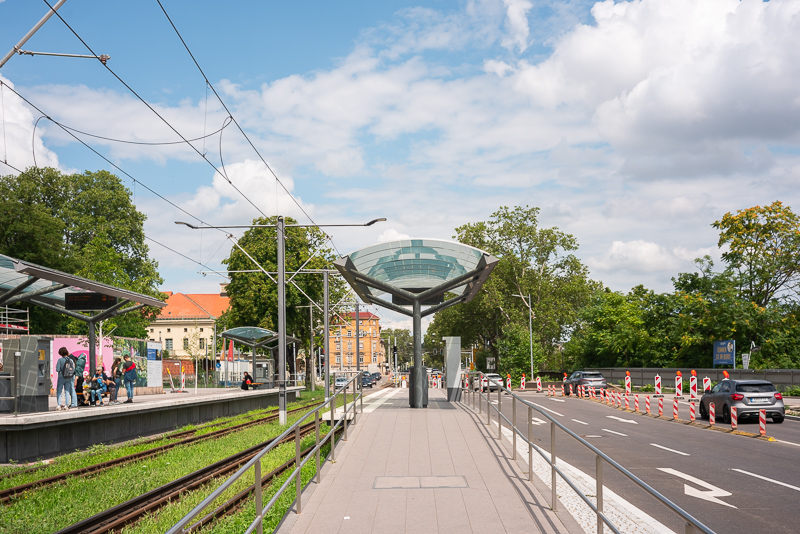
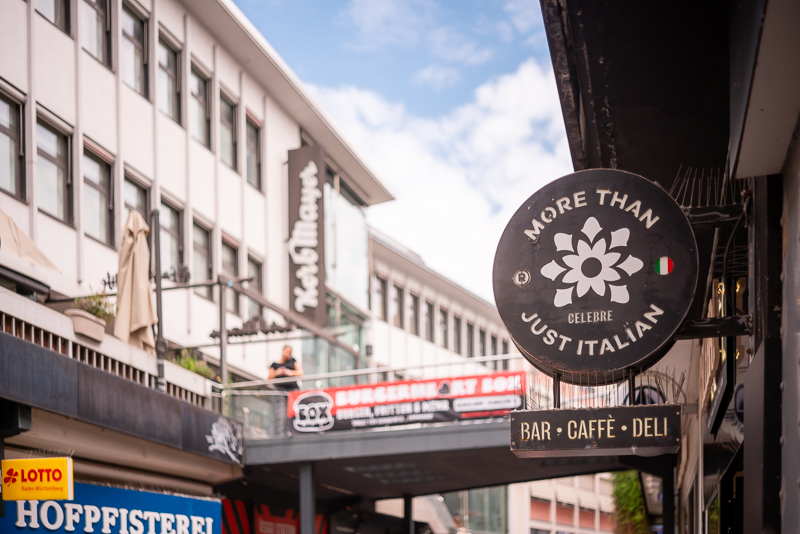
Most of the sample images in this review can be found in full resolution here.
Further Reading
- Overview: MS-Optics Lenses
- Analogue Adventures Landing Page
- Review: Laowa 35mm 0.95 – The world’s fastest 35mm lens
- Lens Aberrations explained
Support Us
Did you find this article useful or just liked reading it? Treat us to a coffee!
![]()
![]()
![]() via Paypal
via Paypal
This site contains affiliate links. If you make a purchase using any of the links marked as affiliate links, I may receive a small commission at no additional cost to you. This helps support the creation of future content.
Latest posts by BastianK (see all)
- Review: Sigma 135mm 1.4 Art DG – The actual Bokeh Master - October 25, 2025
- Analogue Adventures – Part 45: Fujichrome Provia 400X (expired) - October 22, 2025
- Review: Viltrox AF 85mm 2.0 FE Evo - October 20, 2025
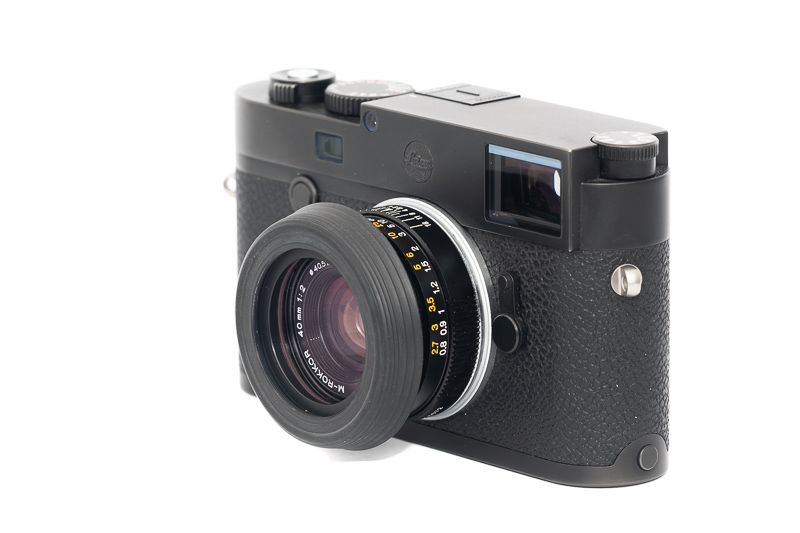



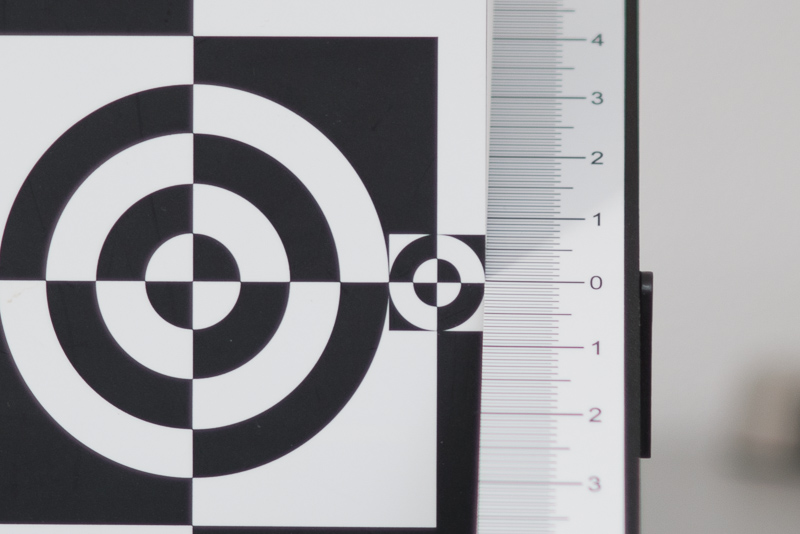
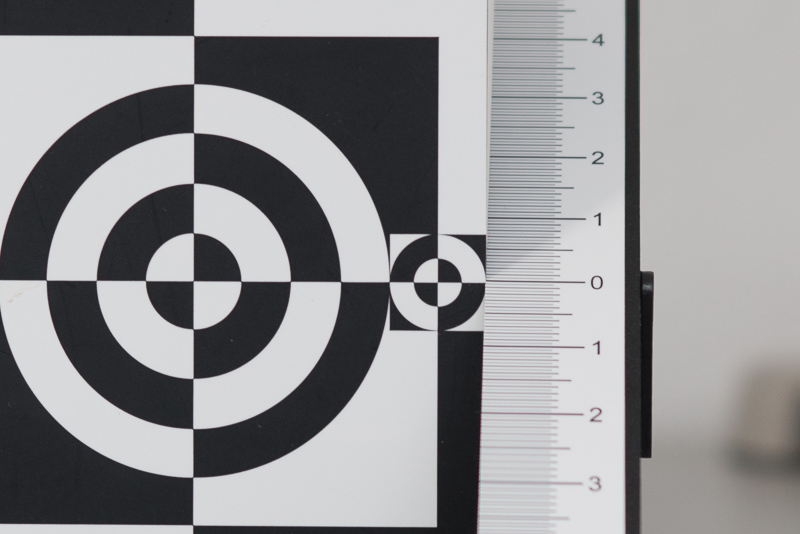
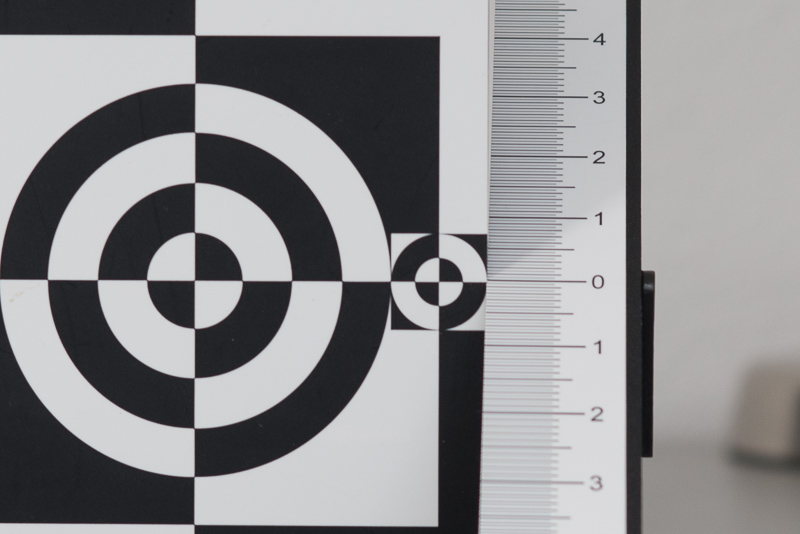
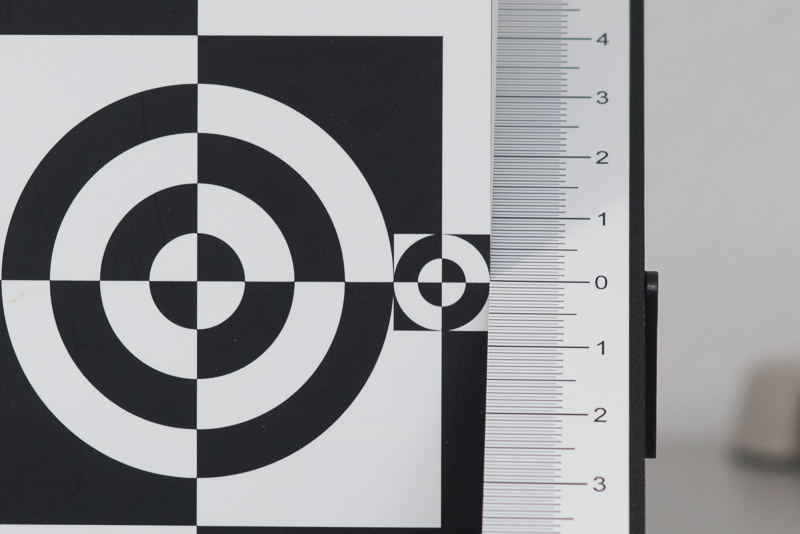
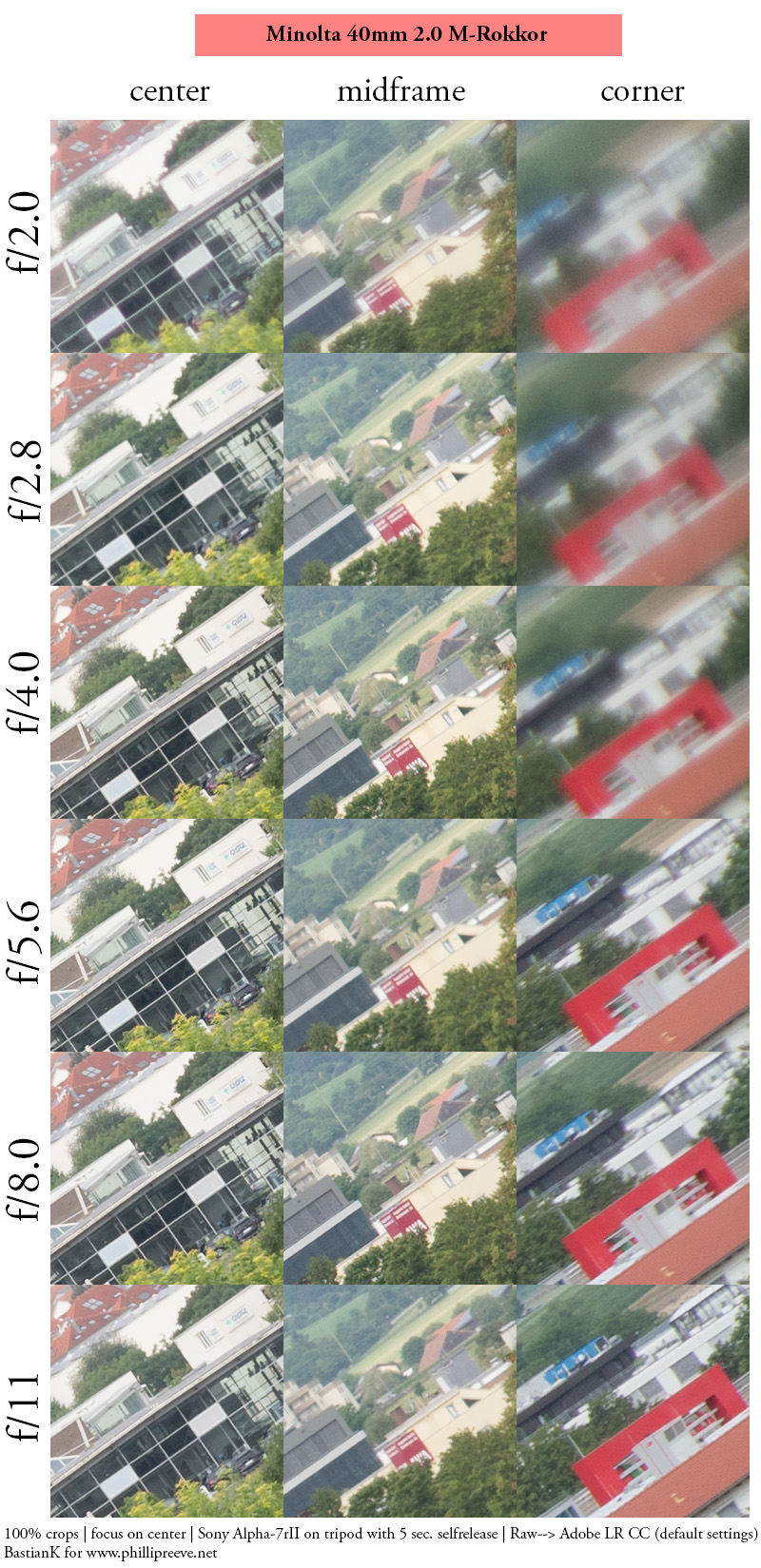
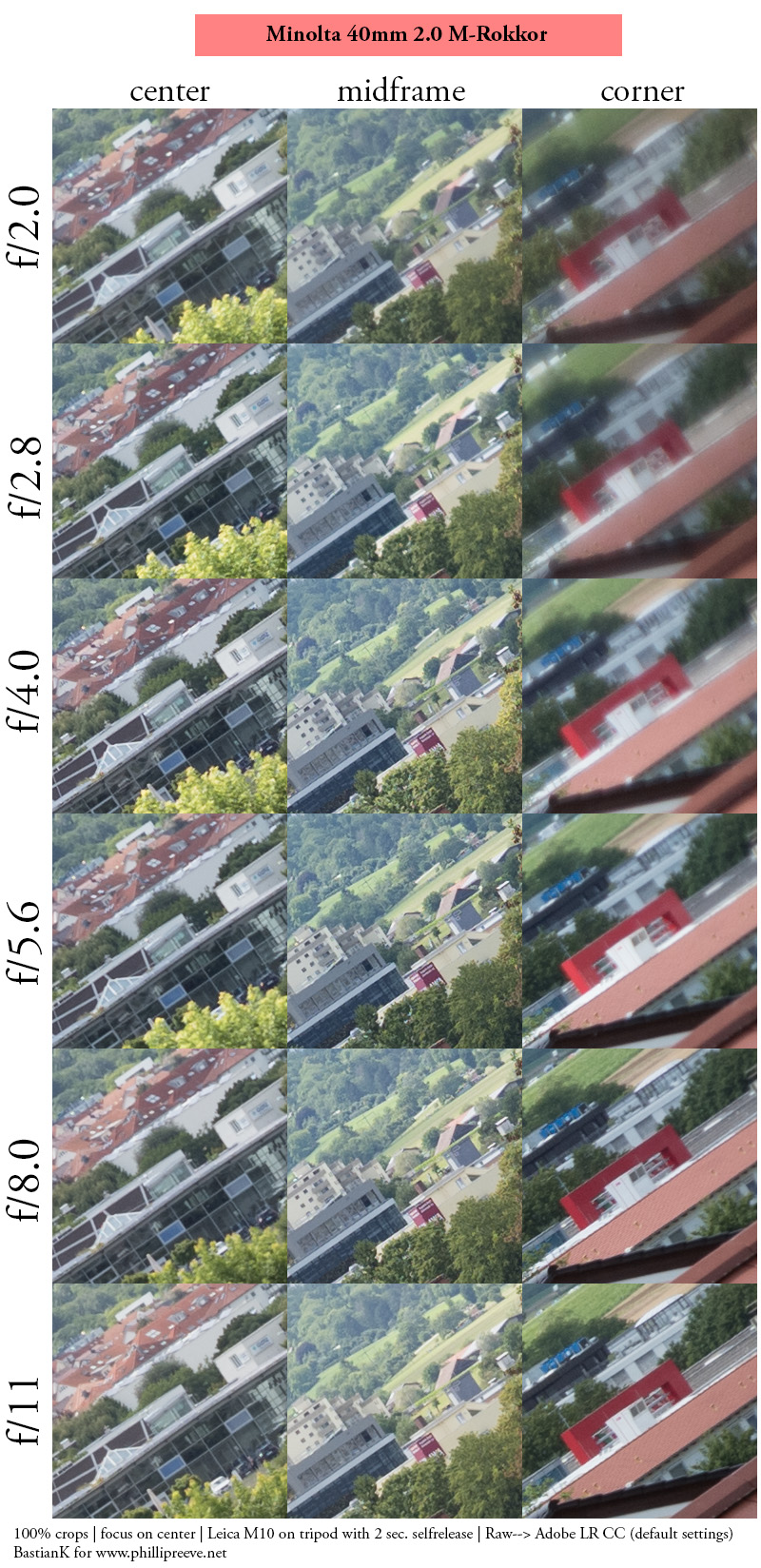
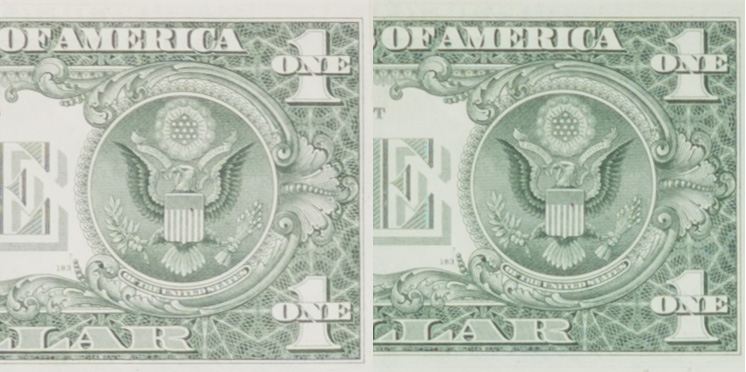
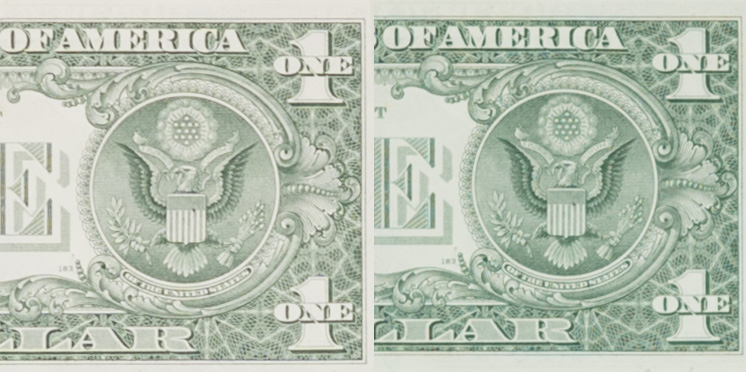

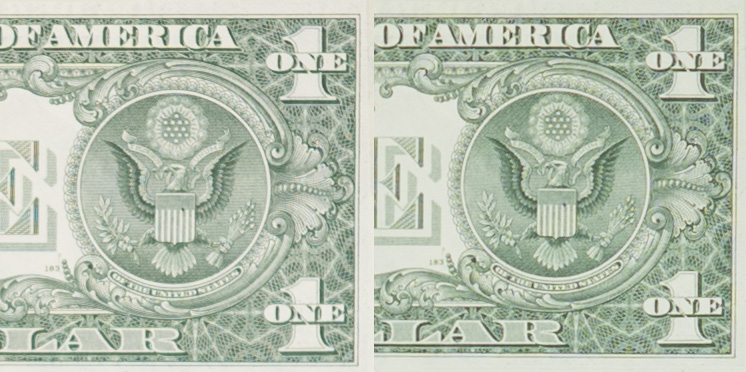
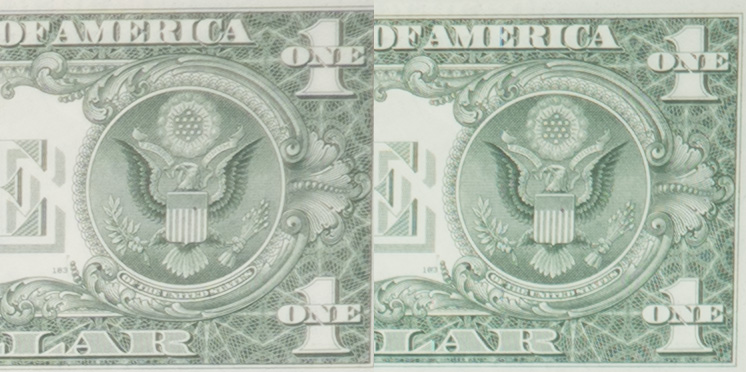
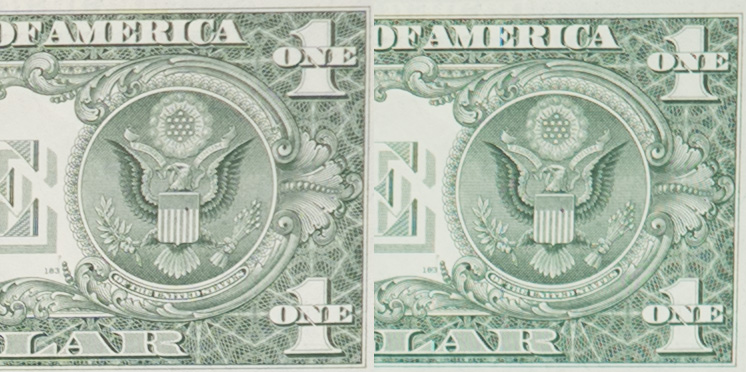
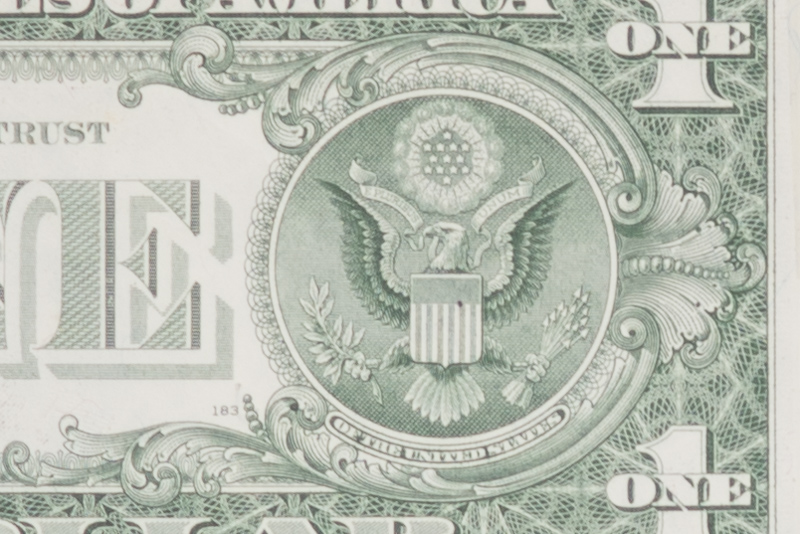
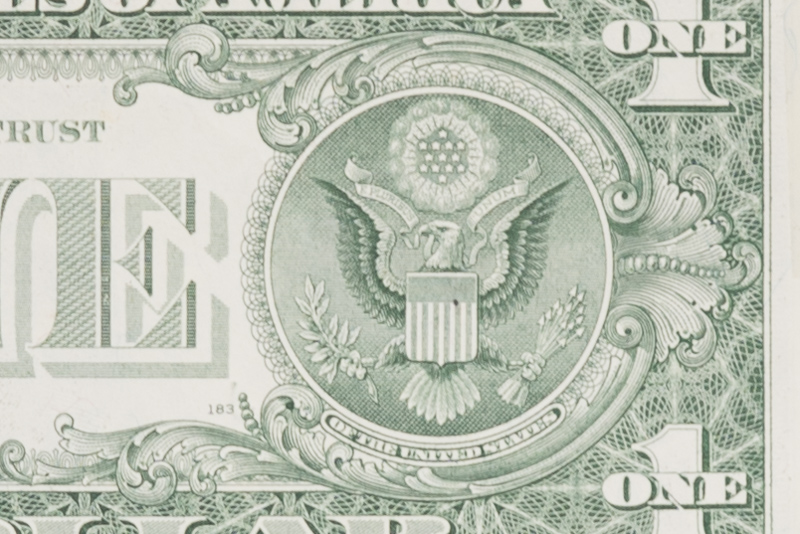
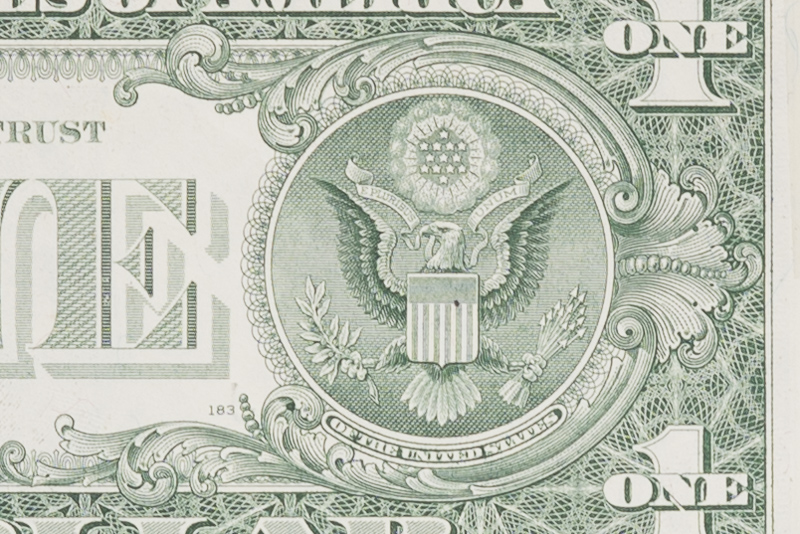

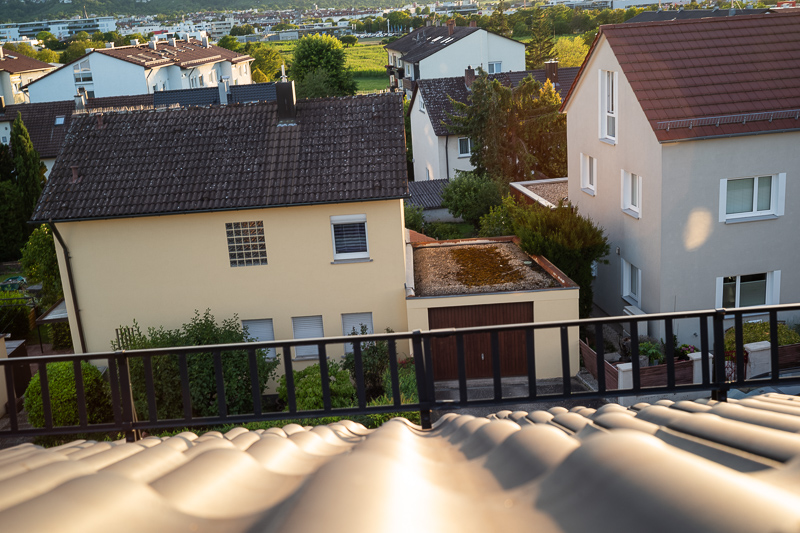
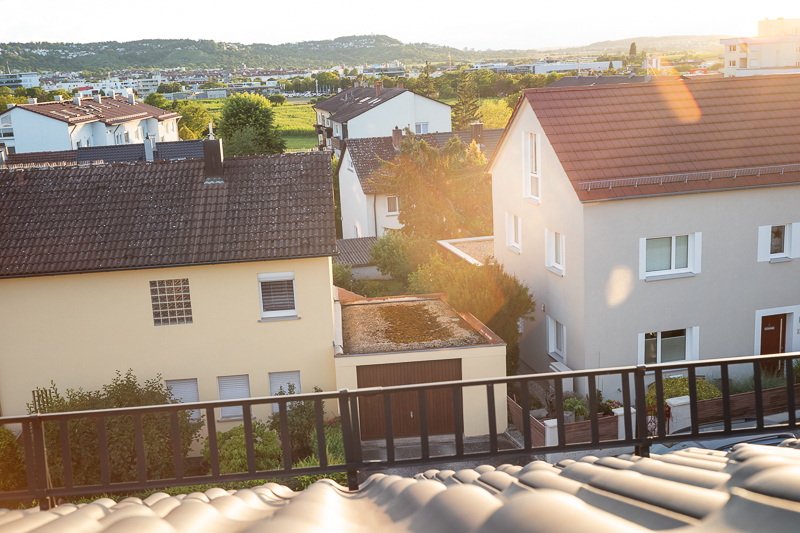
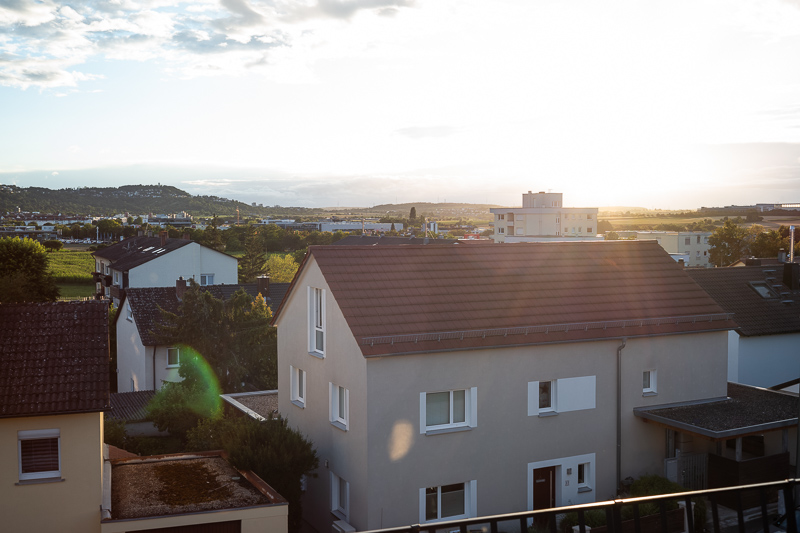
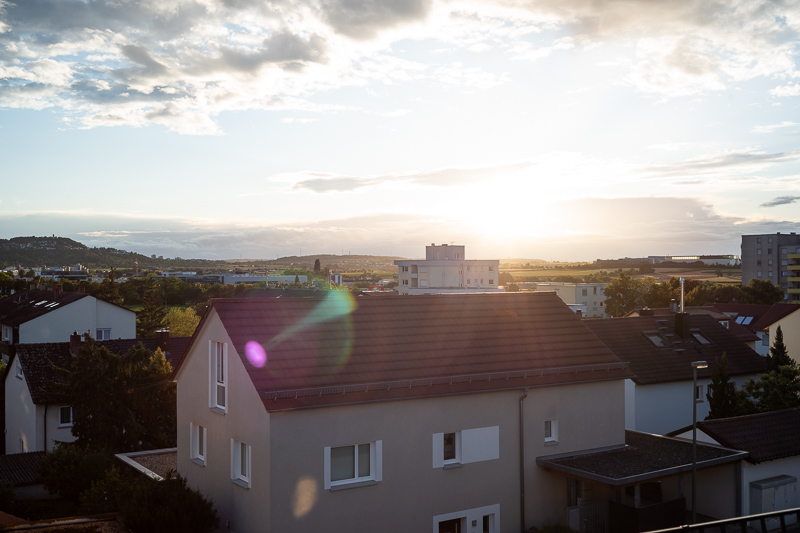

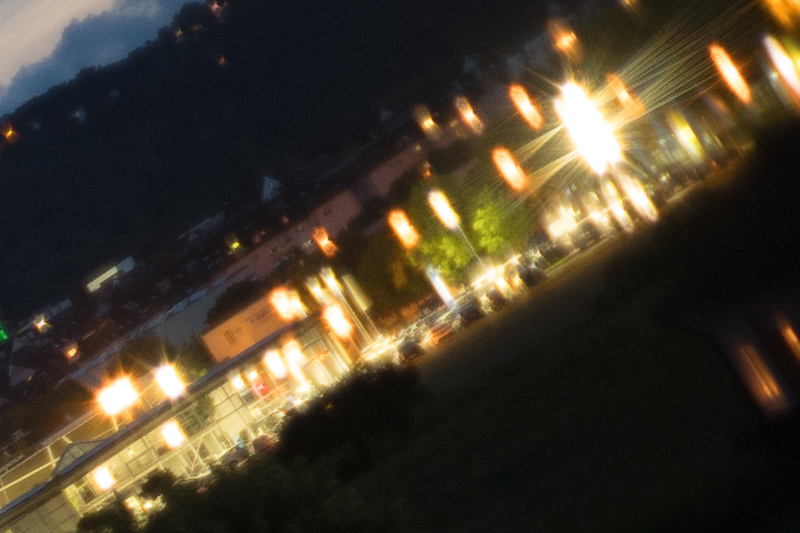
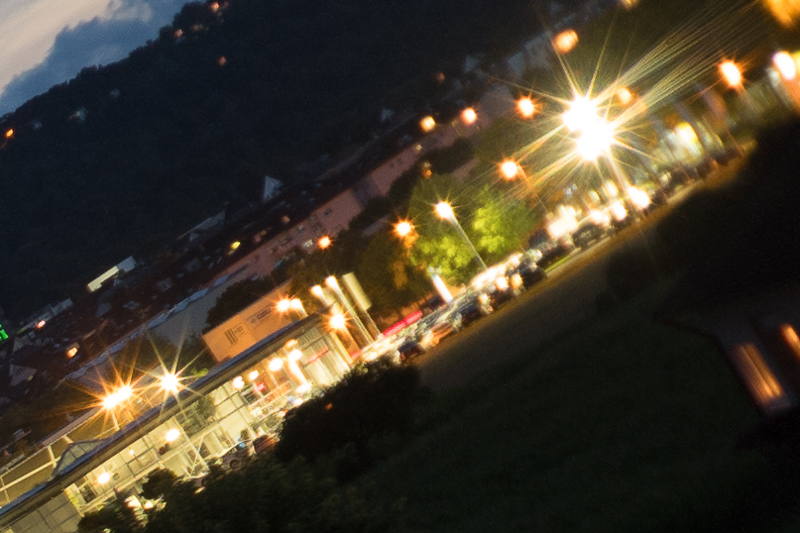

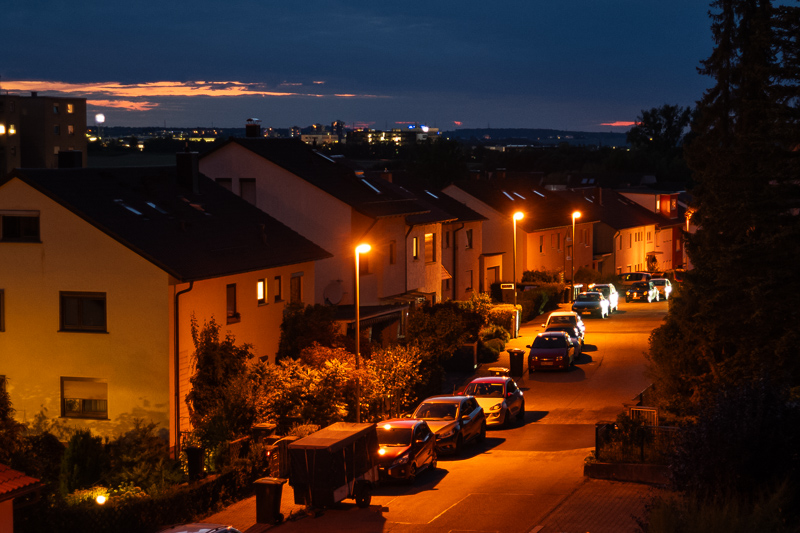
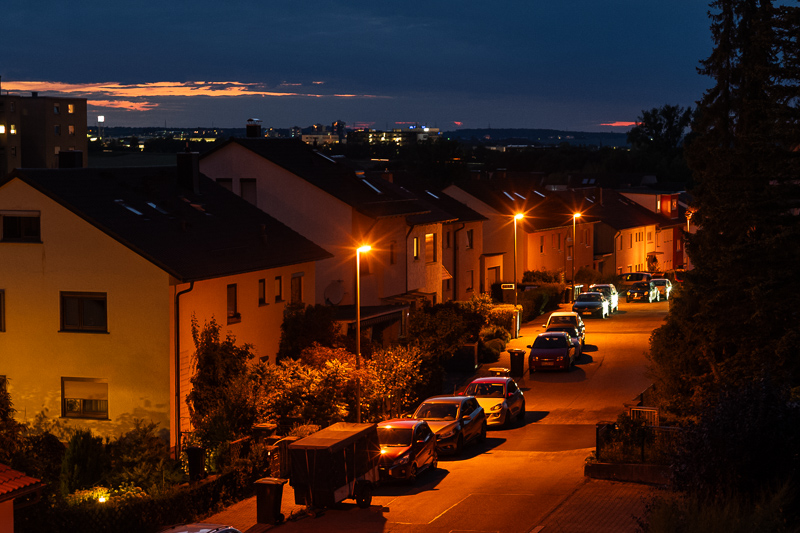
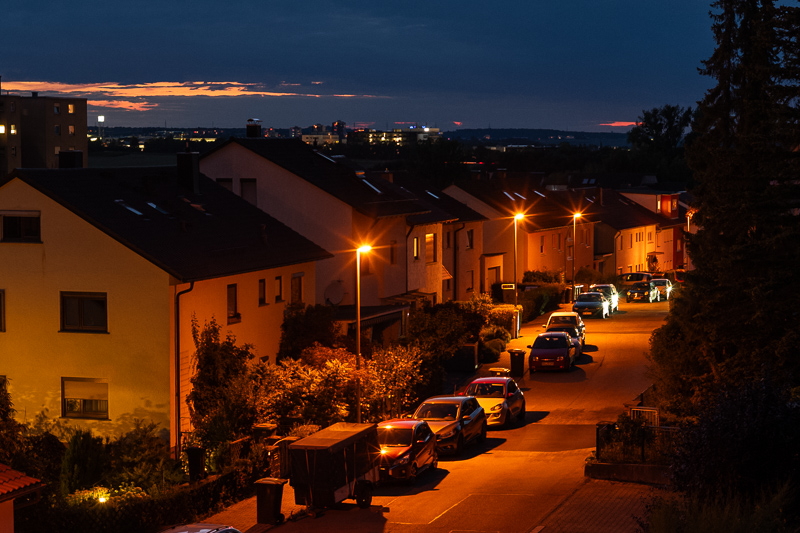
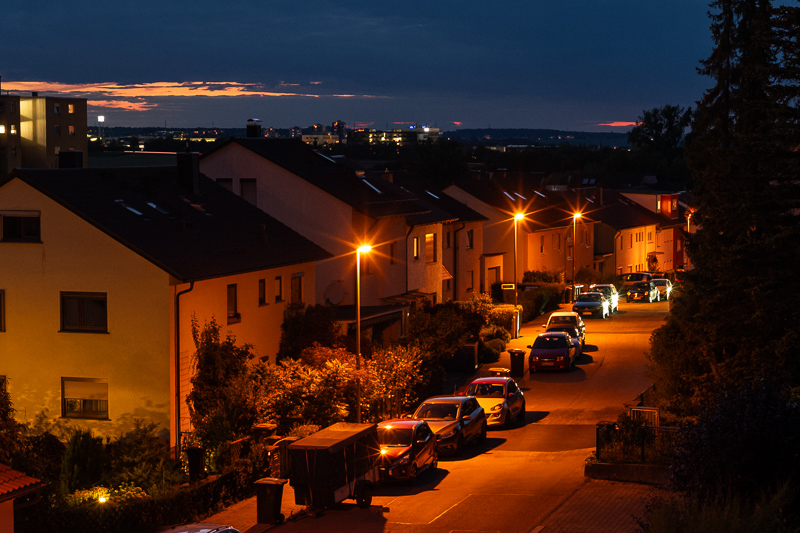
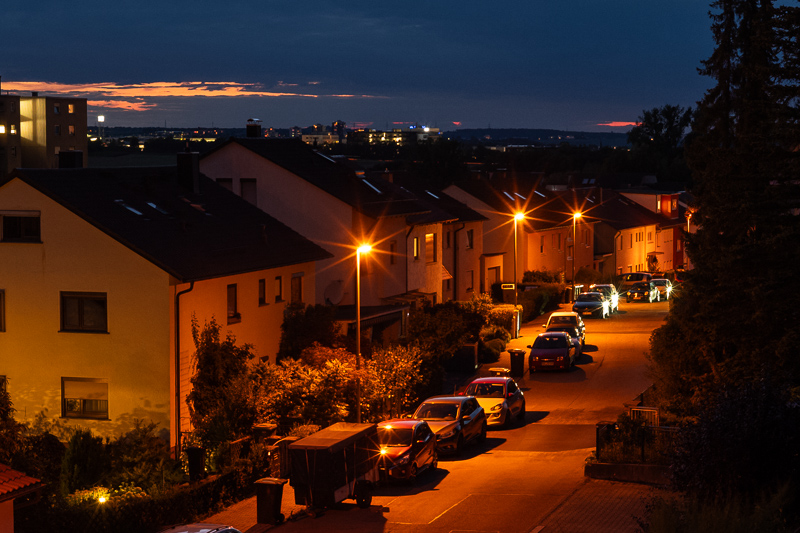

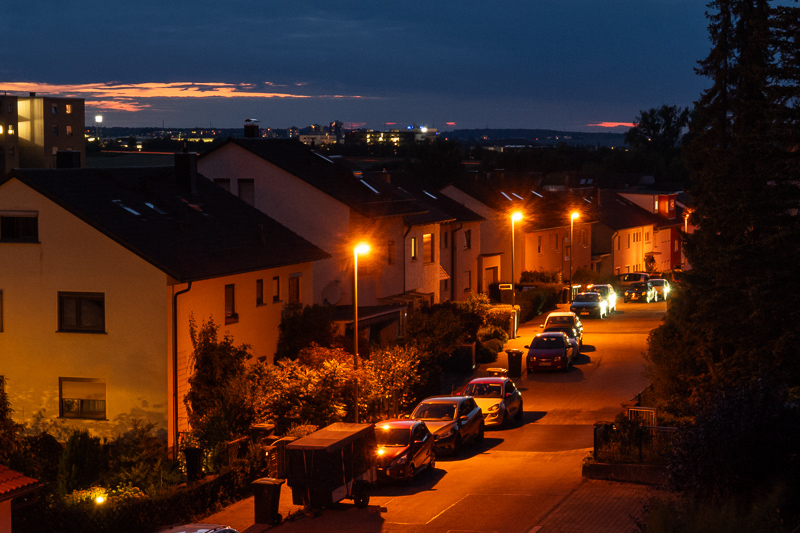
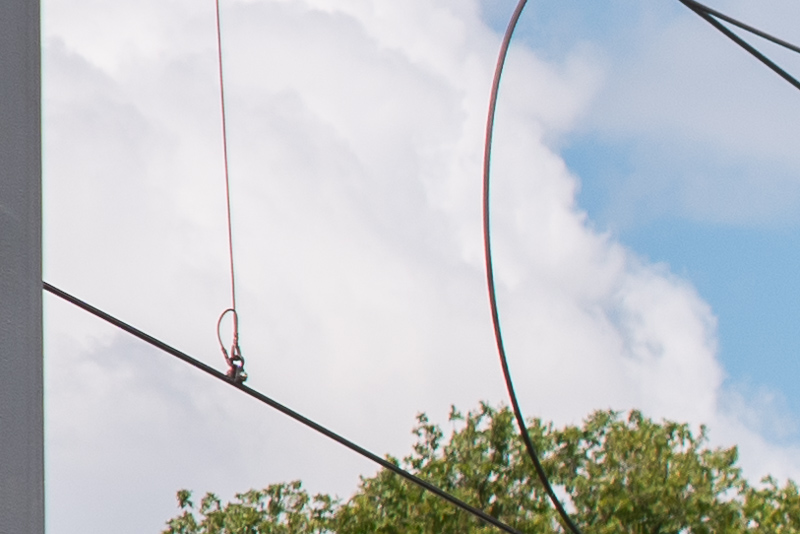

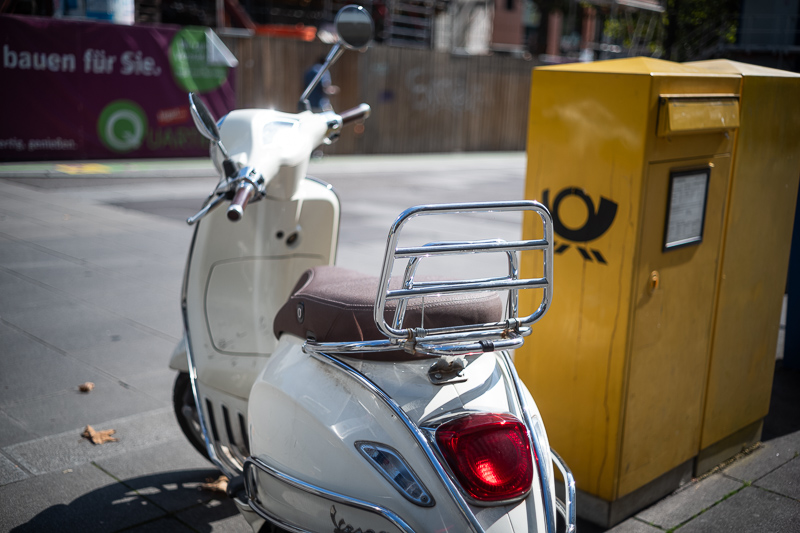
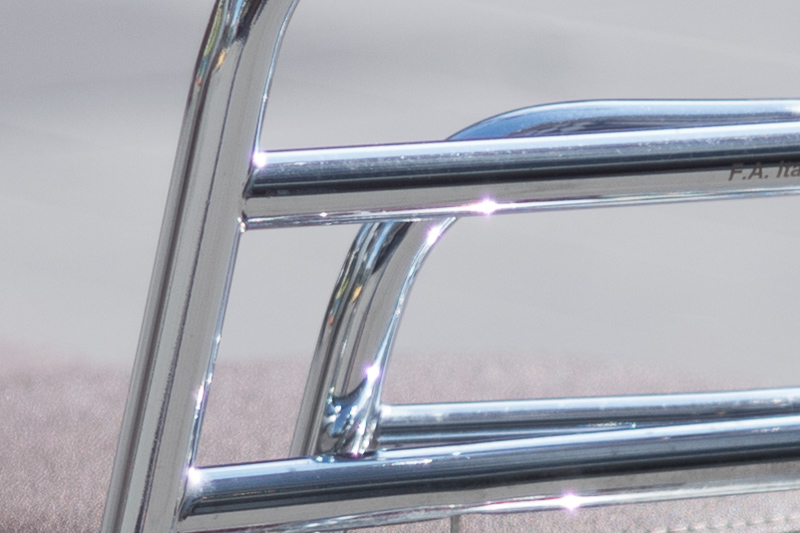
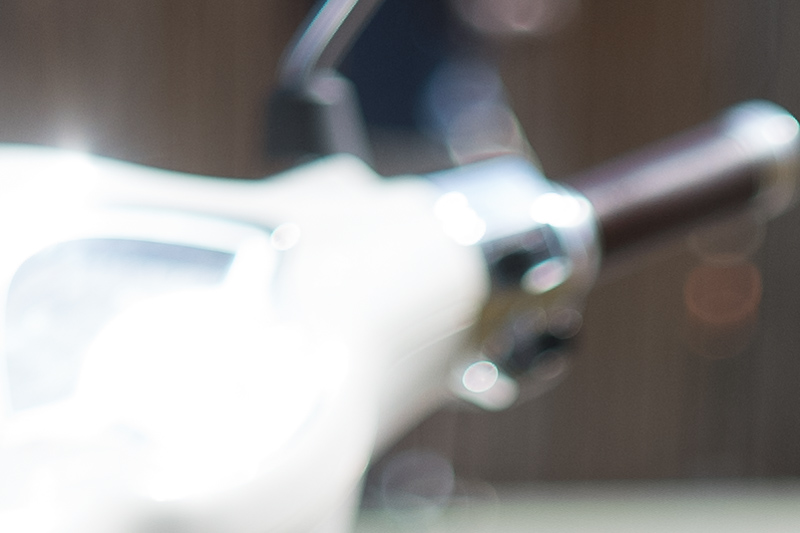
It’s time for one of the Chinese lens manufacturers (7Artisans, TTArtisan, Zhongyi, Mr. Ding, Brightin Star, Light Lens Lab, Thypoch) to step up and give us a compact 40mm M mount lens…
I feel like your recent reviews are building up to a “40mm Lenses Guide,” which would make me very, very happy.
Ah I first need to check what 40mm I did not review yet 🙂
Ah, Bastian – nice images, as always 🙂 I fully agree on the conclusions and comparison to Nokton 1.4, i.e. that it’s overall a better lens for the money for most people. With respect to coatings, I’d like to note that there is definitively a difference between summicron-c and m-rokkor versions, so your conclusions shall not extrapolate to the former (which is older and has simpler coatings), the difference is i.e. comparable to that between Nokton MC/SC versions (but neither is stellar :).
Another point is that there is also another alternative to this lens in form of 7artisans 35/2.0. They do have quite similar field of views, so I suspect that the focal length of 7artisans is actually something like 37mm and of the summicron ~39 or so. The 7artisans is a bit bigger/heavier/flimsier and shows more distortion and even more character in bokeh, but can be found quite cheaply. I do feel that on leica-M both rokkor/7artisans are actually better options compared to Nokton due to the weight which does play a significant role in terms of balance when camera is hanging on a strap. This sounds like a minor point, but actually does improve experience quite a bit.
Thanks for sharing your experience and also providing the lens for a review!
I apologize for taking so long to publish it 🙂
Had it together with CLE camera and shot much, mostly b&w.
Sold around a time I got A7R and never tried it on digital (still had Minolta 45mm 1:2 SLR lens and tried it on A7 series cameras). Really liked a result both printed or scanned.
I own the Leica version 40/2 Summicron-c. I used it for years on a Sony A7r and a M5 and still do. I couldn’t be happier and never agreed with the snobbish Keica fans that it’s inferior. if anything it’s Superior, because it’s so small and easy to use.
Thanks for another excellent review. It is exactly why I kept this lens while selling quite a few M-mount lenses: one of the lightest and smallest lenses and the performance is decent enough for me.
Have this lens myself as well, and now use it mostly on my A7R4 as it’s the only lens together with that camera that fits into my compact camera bag that i use to carry the M4 + 50mm sonnar combo. The depth of both these combinations are the same so they both fit (one or the other, not both at the same time). In terms of sharpness, for most applications it is really more than most of us will need unless printing in large sizes, even then viewing at regular distances will be fine.
Love to use it as a snapshop lens on the sony cameras as well since modern lenses are so large that it intimidates people when photographing them.
Great review of a lovely lens. Thanks. 40mm is such a good focal length – gives a natural, pleasant view. This Minolta looks great stopped down on digital. Modern lenses can be too sharp and contrasty which is harsh. The train station shot shows the nice clean, stopped down rendering.
I too have the Leica version as I like 40mm FoV, but I always take the goofy Nokton f/1.4 over the regular Cron (bokeh wise).